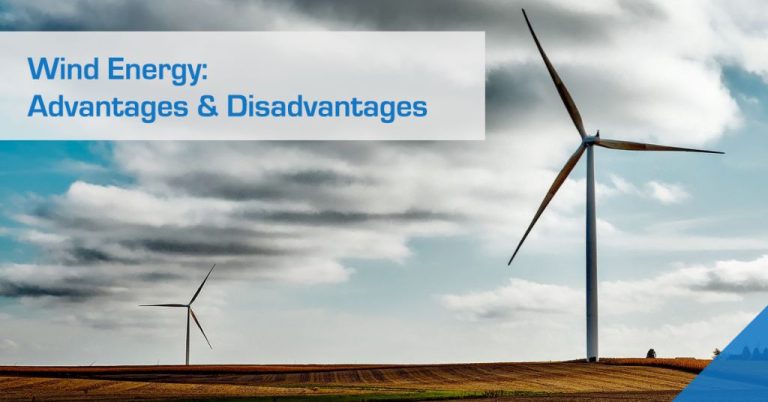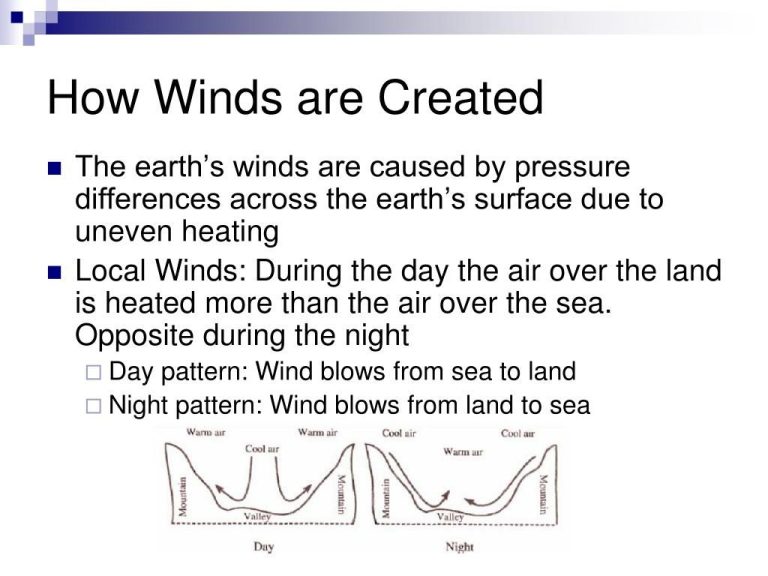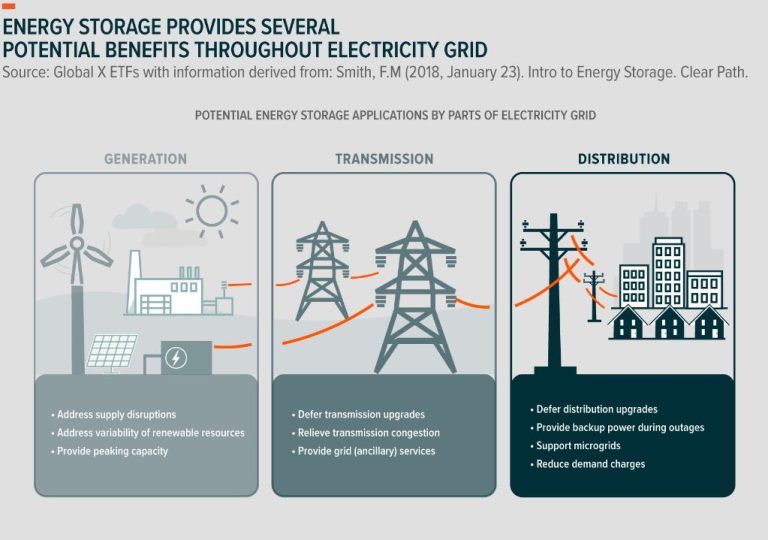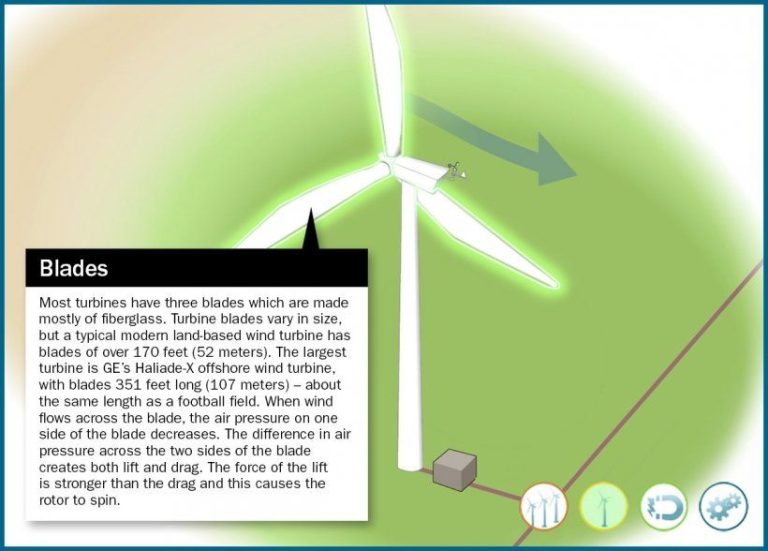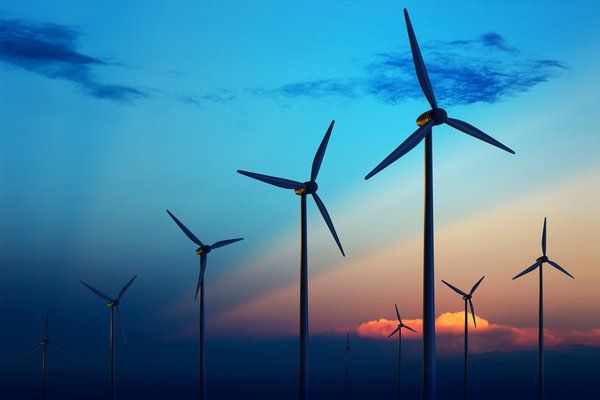What Methods Are Used To Store Wind Energy?
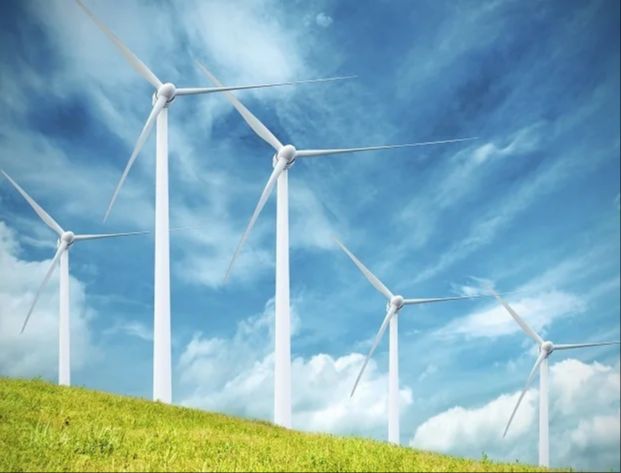
As wind energy continues to grow as a major source of renewable power, the ability to effectively store the energy produced by wind turbines becomes increasingly important. Wind power is variable by nature, meaning wind speeds fluctuate throughout the day and electricity generation can go up or down accordingly. Energy storage provides a solution to capture excess wind energy during times of oversupply and dispatch it when wind generation is lower. This allows the grid to smooth out the variability from wind power and ensures that the clean energy produced can be fully utilized. With the growth of wind energy, storage technologies and applications have also advanced significantly in recent years. This article explores the main methods and technologies used today to store energy from wind power.
Pumped Hydro Storage
Pumped hydro storage is currently the largest and most widely used form of grid energy storage. This method stores energy by pumping water from a lower reservoir up to an upper reservoir. When electricity demand is low, excess generation capacity is used to pump the water uphill. When electricity demand is high, the stored water is released back down through turbines to generate electricity.
According to Statista, global pumped hydro storage capacity reached over 135 gigawatts in 2022. China leads with over 45 gigawatts of capacity. Pumped hydro provides around 95% of all grid power storage worldwide.
The benefits of pumped hydro include its storage capacity, efficiency, and proven long-term reliability. The main limitations are its reliance on suitable terrain and its high upfront capital costs. Overall, pumped hydro storage is expected to continue playing a major role as more renewable energy comes online.
Compressed Air Energy Storage
Compressed Air Energy Storage (CAES) is a method that stores energy by using excess electricity to compress air into an underground storage cavern or container. The compressed air is then released to turn a turbine and generate electricity when needed. CAES allows renewable energy like wind and solar to be stored for later use when the wind isn’t blowing or sun isn’t shining.
During off-peak hours when electricity prices are low, excess electricity is used to power a motor that runs a compressor. This compressor takes in ambient air and compresses it, with the compressed air then stored in underground geological formations like salt caverns or porous rock reservoirs. When electricity demand is high, the compressed air is released from storage, heated up, and expanded through a high-pressure turbine that generates electricity. The efficiency of CAES systems ranges from about 42% to 70%.
Some benefits of CAES are that it has a high storage capacity, long duration storage, low self-discharge, and the storage medium of air is free. However, disadvantages are geographic constraints on suitable underground storage sites and the loss of heat during the compression stage. Large scale CAES plants have been operating since 1978, with additional demonstration projects and research underway to improve efficiency and enable more distributed CAES systems (Keeney, 2013).
Overall, compressed air energy storage provides bulk energy storage to help integrate renewable power sources onto the grid by utilizing air compression and expansion to convert electricity into potential mechanical energy. However, some efficiency challenges remain compared to other storage methods.
Sources:
Keeney, J.W. (2013). Investigation of Compressed Air Energy Storage Efficiency. https://digitalcommons.calpoly.edu/cgi/viewcontent.cgi?referer=&httpsredir=1&article=2242&context=theses
How Compressed Air Is Used for Renewable Energy. (2020). https://www.quincycompressor.com/compressed-air-energy-storage-renewable/
Flywheel Energy Storage
Flywheel energy storage works by using flywheels made of composite material or high strength steel to store energy kinetically. The flywheel rotates at very high speeds, driven by the motor component when charging using electricity from the grid or renewable sources like wind turbines. The kinetic energy is then converted back to electricity by using the flywheel motor as a generator when discharge is required. Flywheels store energy in the momentum of a spinning mass which continues to rotate until the energy is drawn off (1).
Flywheels are suited for short discharge cycles, as they can withstand hundreds of thousands of charge/discharge cycles. They are used to provide grid frequency regulation and manage power quality, due to their ability for rapid response in milliseconds (2). Some advantages of flywheel systems are long lifetimes with minimal maintenance required, high round-trip efficiencies up to 85-95%, and flexible siting as they have a small footprint and high energy density (2,3). However, self-discharge of flywheels due to friction means they are better for short-term energy storage needs rather than long-duration storage.
There are two main types of flywheel energy storage systems: low speed flywheels with steel rotors, and high speed flywheels with composite rotors. The composite material flywheels can rotate at speeds above 60,000 rpm to achieve greater energy densities (1). Magnetic bearing systems help minimize friction for low maintenance, and vacuum enclosures reduce air resistance for high efficiency (3). Overall, flywheels provide useful storage capabilities for specific short-duration, high-power applications.
Thermal Energy Storage
Thermal energy storage stores energy by heating or cooling materials. Some thermal storage methods used for wind energy include:
Molten salt storage involves heating molten salt with excess electricity to high temperatures like 550°C. The hot molten salt is then stored and can later heat water to steam to run a turbine when electricity is needed. Molten salt storage allows energy to be stored for hours or even days. According to one source, “The global molten salt energy storage capacity stood at 1,288.5 MW in 2014 and is anticipated to reach 3,841.0 MW by 2018. Large-scale molten salt plants provide some of the lowest cost energy storage available.” (AltEnergyMag)
Another thermal approach is storing heat or cold in tanks of water or ice. This allows wind farms to shift load and sell electricity at peak times. According to one report, “In 2019, newly operational solar-plus-storage capacity totaled 320.5MW, an increase of 16.2% compared to 2018 (275.5 MW molten salt energy storage capacity).” (CNESA)
Hydrogen Storage
Hydrogen can be produced through electrolysis using electricity from renewable sources like wind and solar when there is excess energy available. The hydrogen is then stored and can later be converted back into electricity via fuel cells when needed. This allows the excess renewable energy to be stored for use at a later time.
Some key aspects of using hydrogen for energy storage include:
– The conversion process from electricity to hydrogen and back has an efficiency of around 30-70%, with ongoing improvements in electrolyzer and fuel cell technologies.
– Hydrogen storage can be done through methods like high-pressure tanks or chemical carriers like ammonia. Underground salt caverns are another potential large-scale storage option.
– The capital costs of hydrogen storage are still quite high, estimated at around $15-20/kWh of storage capacity based on current technologies and scale.
– Hydrogen provides a zero-emissions storage medium with potential for long duration storage, from hours to seasons. It can also enable renewable energy transportation across sectors and geographies.
– Safety considerations exist around hydrogen’s flammability and embrittlement of materials. Proper handling, storage, and system design help mitigate these risks.
– Hydrogen storage complements other storage technologies like batteries and can be part of an optimized, diversified energy storage portfolio to balance cost, efficiency and application needs.
Overall, hydrogen energy storage provides a promising option to increase grid flexibility and integrate higher shares of renewables. Continued development and scaling up of the underlying technologies can help improve efficiency and cost-competitiveness.
Battery Storage
One method for storing wind energy is in batteries like lithium-ion batteries. Battery storage works by converting the electrical energy from the wind turbines into chemical energy that is stored in the batteries. When the energy is needed, the process can be reversed to convert the chemical energy back into electrical energy for use in the grid or by consumers.
Lithium-ion batteries in particular have become a popular technology for grid-scale battery storage. According to the California Energy Commission, battery storage costs per kWh stored are constant, meaning each additional kWh of storage capacity requires adding another lithium-ion unit at a fixed cost. However, lithium-ion storage costs have been rapidly declining. Industry reports indicate current costs ranging from $100-300 per kWh of storage capacity.
Battery storage allows captured wind energy to be stored and then dispatched when needed, rather than only when the wind turbines are actively generating power. This provides greater flexibility and reliability for the electrical grid. Batteries can also help stabilize frequency variations and integrate more renewable energy onto the grid.
Supercapacitors
Supercapacitors, also known as ultracapacitors or electrochemical capacitors, store energy directly in an electrostatic field between two electrodes immersed in an electrolyte. They can charge and discharge power very quickly, handle hundreds of thousands of recharge cycles, and tolerate operating temperatures from -40°C to +85°C (1).
Supercapacitors offer an energy density that is lower than most batteries but higher than conventional capacitors. Recent research has achieved major improvements in supercapacitor energy density through the use of novel electrode materials like laser-etched graphene. This has enabled energy density increases of up to 10 times over previous supercapacitors (2).
The high power density and rapid charge/discharge ability of supercapacitors makes them well-suited for capturing regenerative braking energy from vehicles. They can also help smooth out power fluctuations in grid-connected renewable energy systems.
Superconducting Magnetic Energy Storage
Superconducting magnetic energy storage (SMES) stores energy in the magnetic field created by the flow of direct current in a superconducting coil that has been cryogenically cooled. The coil is comprised of a superconducting material such as niobium-titanium, which allows electrical current to flow with zero resistance when cooled below its transition temperature.
According to a 2020 study published in Science Direct, the composite samples used in SMES applications show enhanced strength when treated cryogenically, improving their resilience against brittle failure under the extreme conditions required for superconductivity (Vyas, 2020).
The global superconducting magnetic energy storage market size is projected to reach USD 428 million by 2024, driven by the growing demand for grid energy storage and power reliability solutions, according to a report by Reliable Business Insights (Reliable Business Insights, 2022).
SMES systems can charge and discharge very quickly, providing stability to the grid by smoothing power fluctuations. But they typically can only store energy for short durations due to refrigeration requirements to maintain superconductivity.
Conclusion
As we have seen, there are a variety of methods available for storing wind energy, each with their own advantages and disadvantages. Pumped hydro storage is a mature technology capable of storing large amounts of energy, but it requires specific geographic conditions and has high capital costs. Compressed air energy storage also can store significant energy but efficiency losses are a concern. Flywheel energy storage provides rapid response times but currently has limited storage capacity. Thermal energy storage using molten salt can hold large amounts of energy efficiently but requires high temperatures. Hydrogen production allows energy to be stored indefinitely but requires extra conversion steps. Batteries have become a popular and flexible storage method, although costs are still falling. Supercapacitors can charge rapidly and handle many cycles, but hold much less energy than batteries. Superconducting magnetic energy storage promises efficient storage with fast response times, but the technology is still under development.
Overall, pumped hydro and compressed air systems are better suited for large-scale, long-duration storage, while batteries and flywheels meet short-duration needs. No single solution is likely to dominate, and a mix of storage methods will be required to balance grid supply and demand as wind power expands its share of electricity generation. Continued technology improvements and cost reductions will help determine the optimal storage types to pair with new wind farms in different geographic regions and grid systems.

